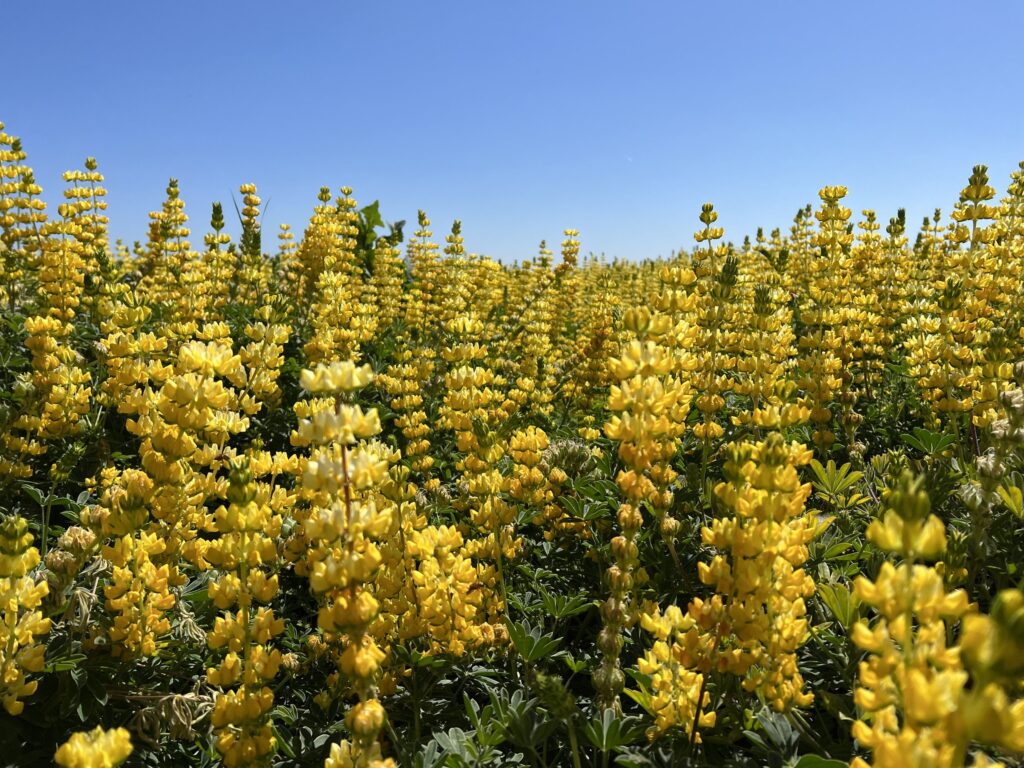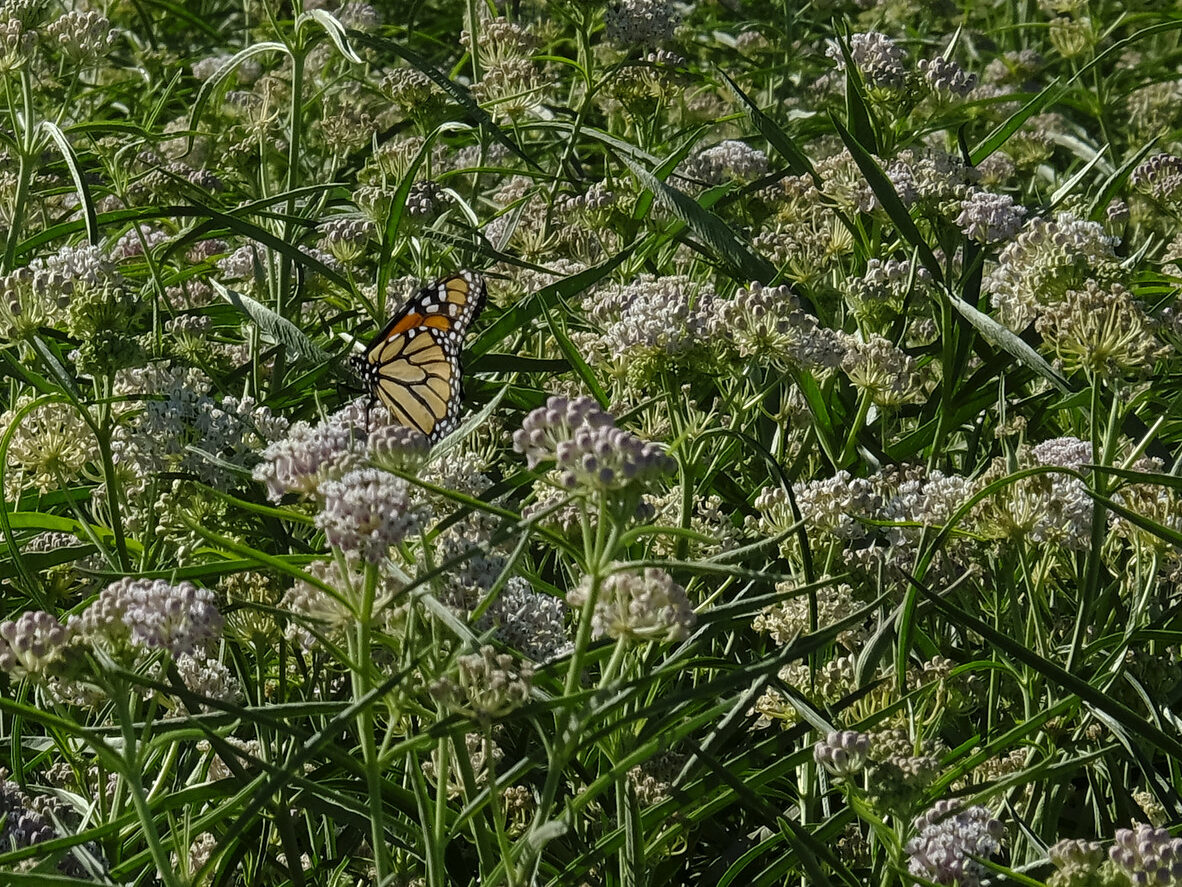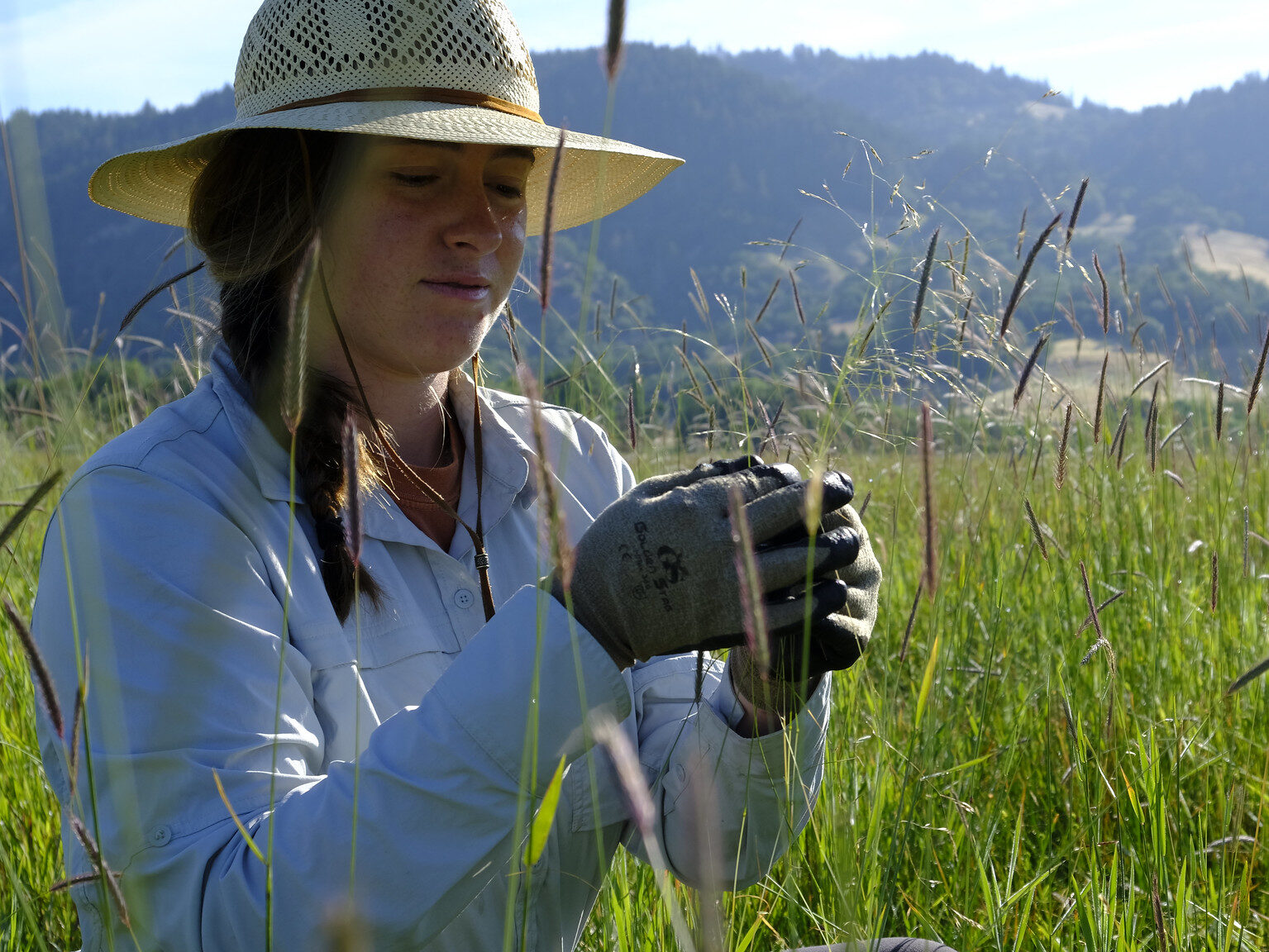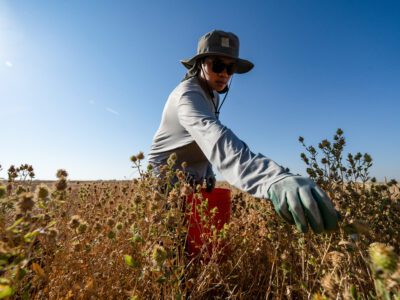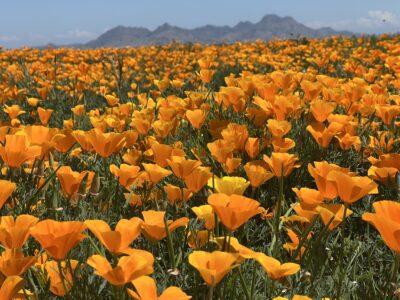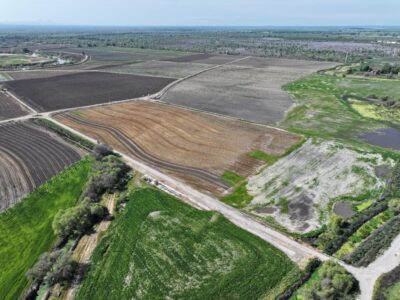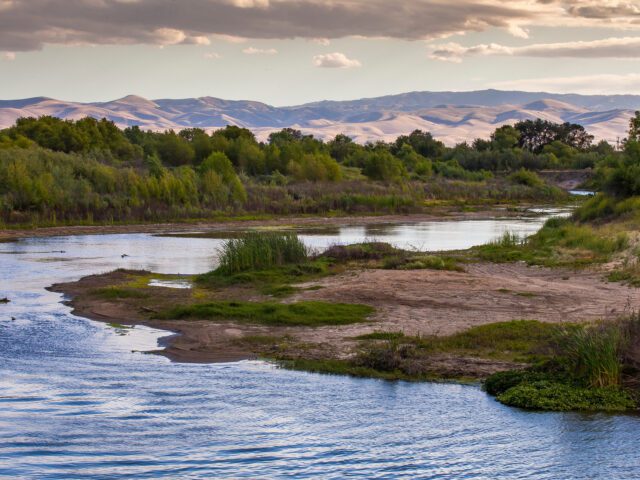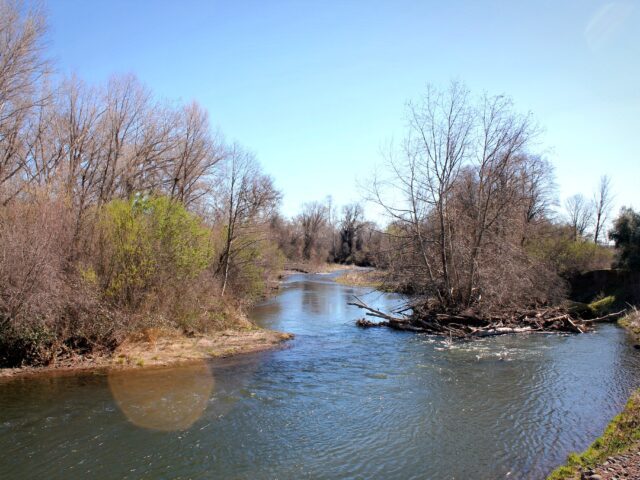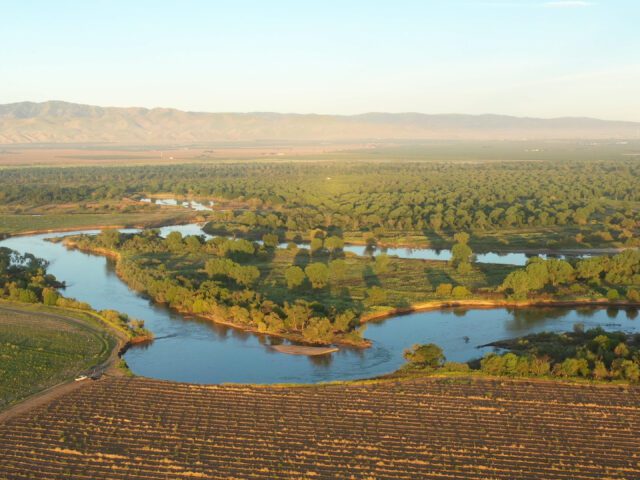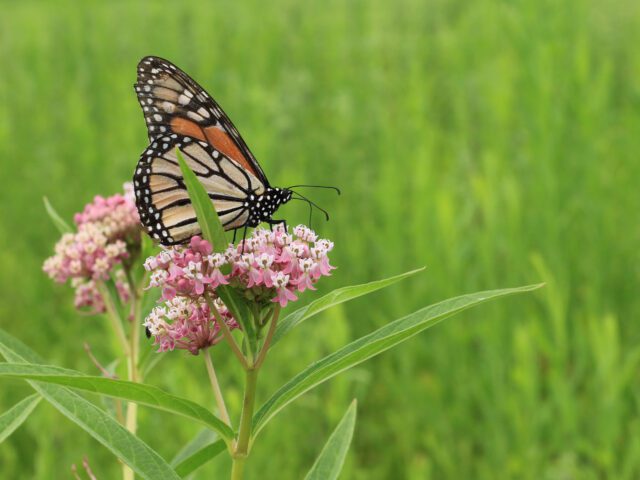Breaking the Supply Bottleneck for Native Seeds, Plants
California cannot achieve its nation-leading restoration and biodiversity goals without an ample supply of high-quality, regionally appropriate native seeds and plants
There’s no way around it: If we’re going to restore California at the pace and scale required to boost imperiled wildlife on the edge of extinction and buffer communities from the worst impacts of climate change, we’re going to need native seeds. A whole lot of them.
A recent report from the National Academies of Sciences concluded that there is an insufficient native seed supply to support current restoration activities nationwide.
From California poppies to bunchgrasses, restoration-quality native seeds and plants aren’t always widely available, especially when they need to be regionally adapted and offered in landscape-scale quantities.
As River Partners doubles our pace and scale of restoration statewide in this critical decade, our venture Heritage Growers Native Seed and Plant Supply will ensure we won’t run out of material to plant. In 2023, we expanded our native seed growing facility from approximately 10 acres to more than 150 to meet demand.
THE PROBLEM
- Soaring demand for native seeds and plants is far outpacing supply.
- Meeting California’s ambitious conservation and biodiversity goals will require restoring six million acres in the next decade.
- Native seeds and plants are needed to reverse biodiversity loss and mitigate climate change.
- Not just any native seeds will do—for successful restoration, getting the right seed in the right place at the right time is key.
OUR SOLUTION
- River Partners expanded our in-house native seed and plant collection program, launching Heritage Growers Native Seed and Plant Supply in 2022.
- In 2023, our seed farm expanded from roughly 10 acres to over 150 acres to meet surging demand.
- We collect seeds from the wild and grow them on our farm to produce thousands of pounds of seed each year to support restoration across the state.
Meeting the Moment with Native Seeds
“There are unprecedented opportunities for conservation and restoration right now,” says Heritage Growers General Manager Pat Reynolds. “We need to meet the moment with restoration-appropriate native seeds.”
Our decades of experience show us that the only way to build a more robust supply of native seeds is through close partnership. To date, we’ve consulted on dozens of restoration projects with federal, state, local, and non-governmental organizations. This includes partnerships with the National Parks Service, Bureau of Land Management, California Association of Resource Conservation Districts, East Bay Regional Parks District, Xerces Society, and many others.
“The need for a more robust supply of native seed to support habitat restoration has never been greater,” said East Bay Regional Parks District Wildland Vegetation Program Manager Dina Robertson. “The production of these plant materials needs to be expanded substantially to allow for organizations such as ours to properly restore conservation lands.”
Latest Native Seed Production News
Renewing Roots: Heritage Growers is Reviving Resilient Habitats throughout California
Restoring Floodplain Jewel in Heart of San Joaquin Valley Nears Completion
Native Seeds: Supplying Restoration
To help broaden the public’s awareness about the important role native seeds play in restoring California and building a thriving future for its wildlife and communities, The Society for Ecological Restoration is releasing a nine-part documentary series that explores the efforts to grow the native seed supply chain in the western United States.

